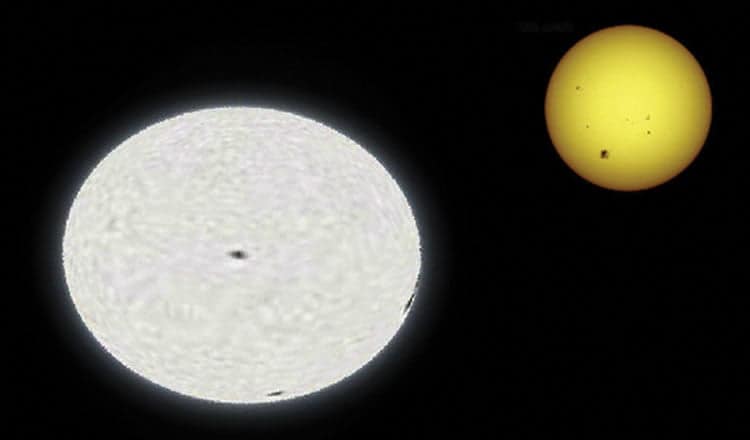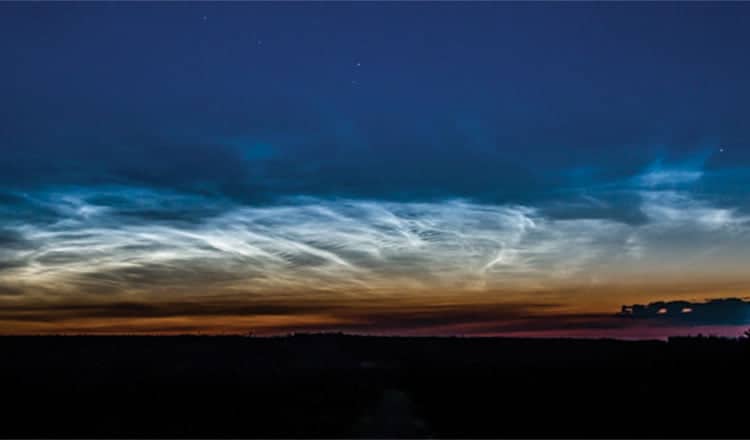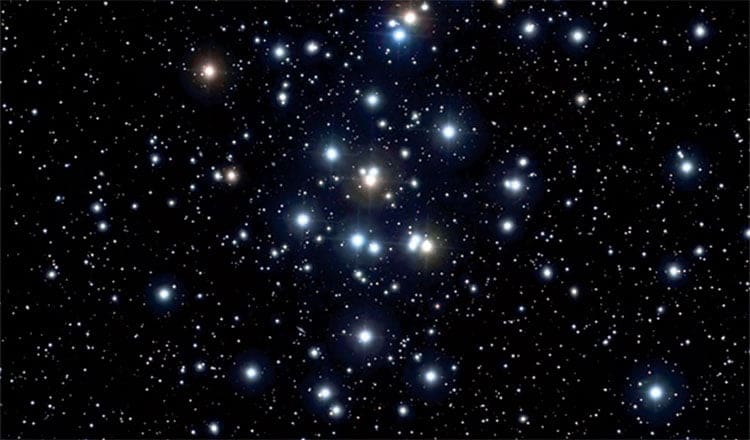The sky is clear and I do not have to work tomorrow.
At about 6 p.m., I put my gear out and start to get things prepared for an evening of galaxy hunting; it is, after all, the best time to go hunting for these elusive fuzzy little patches of light.
My plan is simple, I am to be exploring a couple of faint comets and tour the quickly disappearing winter celestial targets. After that, I will cruise the galactic highway to the Virgo Super Cluster of galaxies and spend my remaining early morning hours there.
As 10 p.m. rolls around, I bundle up and head outside to face the elements. The sky outside is perfect with clear stable air, no moon and, of course, the Milky Way. Quickly I set up my eight-inch reflector and my little refractor and get my trusty binoculars ready.
Now, when I go hunting for galaxies, I usually start in the constellation of Leo. As the planet Saturn is in the neighbourhood we might as well stop and take a look before we go galaxy hunting.
Starting with my favourite eyepiece, a low-power, wide-field Nagler, I set my eyes on the ringed giant. The sight is nothing short of perfection. The rings are easily seen and the image is very sharp with good contrast.
This eyepiece is designed for wide-field observing, not planetary. With Saturn and its moon Titan floating in the surrounding star field, they make this a truly spectacular sight. Boosting the power from 50 times to 200 times produced many surprises.
First and most noticeable, two rings were now visible as individual rings and the Cassini Division is also clearly seen. The Cassini Division is the region between the first two rings and appears as a thin line. When it is visible, it is a pretty sure sign that you have good sky conditions.
Much like Jupiter, the planet Saturn has banding or equatorial zones, which appear as thin stripes that are pencil thin. There was great contrast between the different bands and the southern polar region was also easily seen.
One must realize that to get these views of this quality there is a great deal of time, patience and some luck involved.
As you are studying Saturn in the eyepiece at high power, every once in a while the view just snaps into super sharp focus, if only for a moment or two. The detail that can be seen in this brief moment of stable air is almost 3-D. This is what amateur astronomy is all about for me.
Boosting the power to 400 times also presented a nice clean tight shot with sharp edges and great definition. The shadow of the rings were plain to see on the planet and the rings themselves appeared much more distinct.
As I checked my watch I realized that it was now getting close to 4:00 in the morning and it was time to head indoors. Galaxies I did not see, and comets I did not see, but an evening with this mysterious, giant, ringed planet will not be soon forgotten.
Clear Skies from James “Deep Sky” Cackette.
James “Deep Sky” Cackette can be reached at [email protected]. See his photo adventures on Facebook at Yukon Night Skies.




